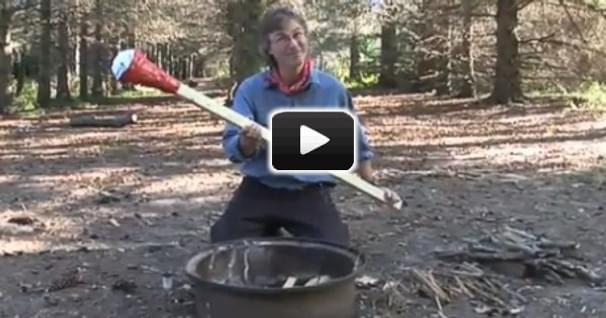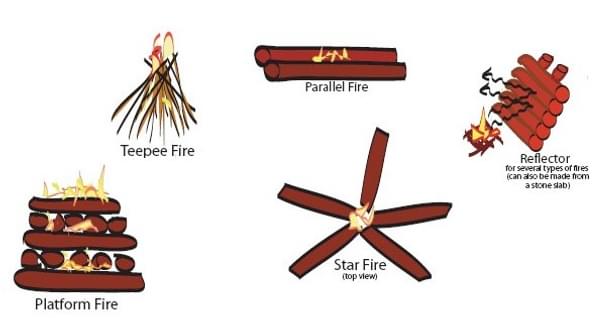Axe Use in the Backcountry
We have decided to make camp after paddling through a foggy abyss like day. And it's time to go get wood. Here's a pretty good-looking one there. Best thing to do when you're getting firewood, it's got a standing dead tree. It's off the ground and you know it's gonna be dry. The middle is always nice and dry. Your best bet to go, especially when you've had wet weather like today and yesterday.
The idea is when you chop, you wanna chop like this. Into it like that. So on an angle. And then to get those pieces, you wanna come like that. And you can see already that that's a nice and dry in the middle there. Here we go.
The rule is, get as much wood as you think you're gonna need, then get three times more. We want to have a nice fire tonight, dry out some of our stuff. So let's go get another one.
Where you're taking down a large size tree, especially a dead one, it could be rotten at the top. You want to look up at it and make sure that top piece of its rotten, doesn't break up, and *bam* smoke you right in the head.
Chop out a little area when you're in the dense brush. With that little space you create for yourself, that will allow you to get the hell out of the way. Jump back, move back a couple steps, run all the way, in case it snaps off and comes down and get you. That's what loggers call "widow-makers."
One thing that's easier to get more control out of your axe is sliding your hand. You start your swing with your hand at the top of the axe, and as you bring it down, you slide that hand down to the bottom. That'll give you a little bit more accuracy and a better control with your axe.
I'm chopping on sand here. So it's a great idea to put something under your wood because it's just gonna sink in the sand. If there's rocks or anything, you can also ruin your axe blade. I'm gonna start with an area about this wide, from there to there and I'm just gonna cut this right down. This one's the easy one. Your off-hand swing. I'd like to bring my hand up around the top of my head and down like that. Always make sure that should you miss, your feet are out of the way. If my foot's here, see me come around like this. If I miss, *bam*.
What you can do is you can split the middle of a standing dead. Just take a little piece out. If you wanna tell if it's dry or not and you just put that to your tongue, and they'll make almost like a blotting effect. It'll suck to your tongue, stick to your tongue. And if it is wet, that won't happen. So you'll be able to tell right away just by touching that wood to your tongue if it's dry and that's what can save your life. It's standing dead and that nice dry wood, you can split it, you can whittle out small matchstick sized pieces in there that'll take a flame even if you don't have any birch bark or small sticks to get your fire gone, so key thing to remember.
This is a Silver Stag Bowie Knife. The way that we split wood with a large knife is something called "batoning", and this is why I carry a large knife. I put my knife just like this in the middle of it, okay. And then I use this. Smack it down like that on the other side. Look at that. Right to the dry center. You can whittle pieces out like this, and use those to start your fire with. Essentially using this knife right there as a draw knife. That's another way you can make effective tinder.
Related Articles
The day one of the young male campers in our group wacked his groin with a hatchet was the day I decided…
Getting a fire going with one match is a classic Boy Scout challenge. However, I have to admit that I…
I have to believe that one of the first things a critter did once it climbed out of the primordial ooze…


